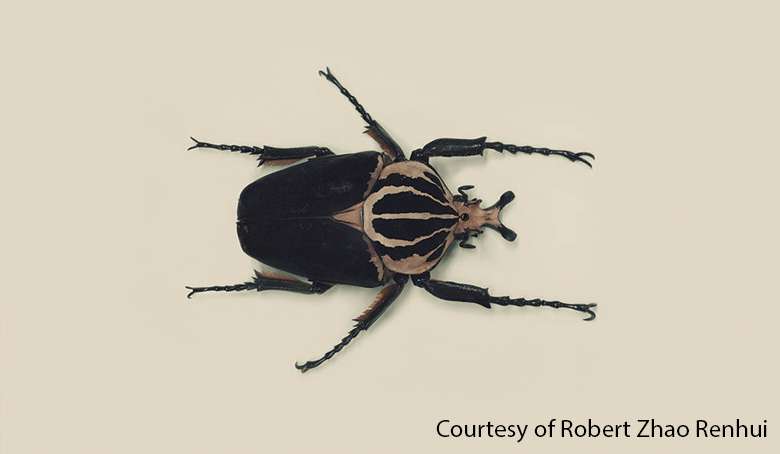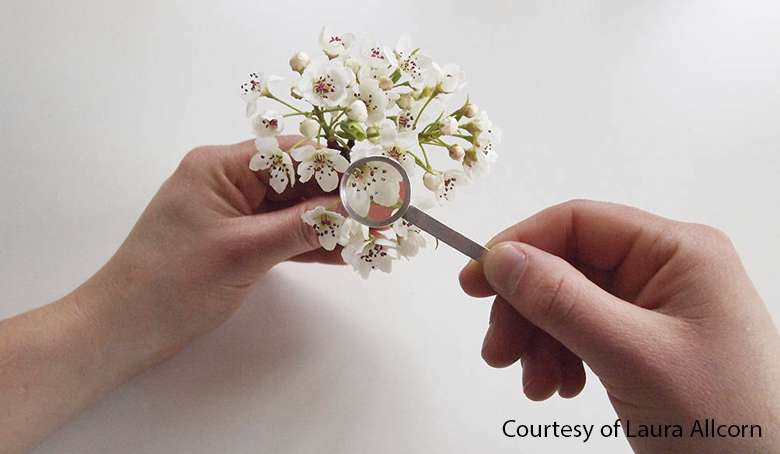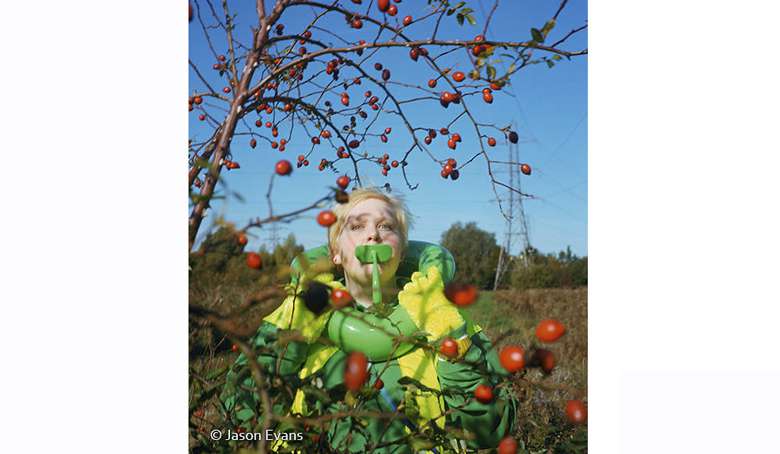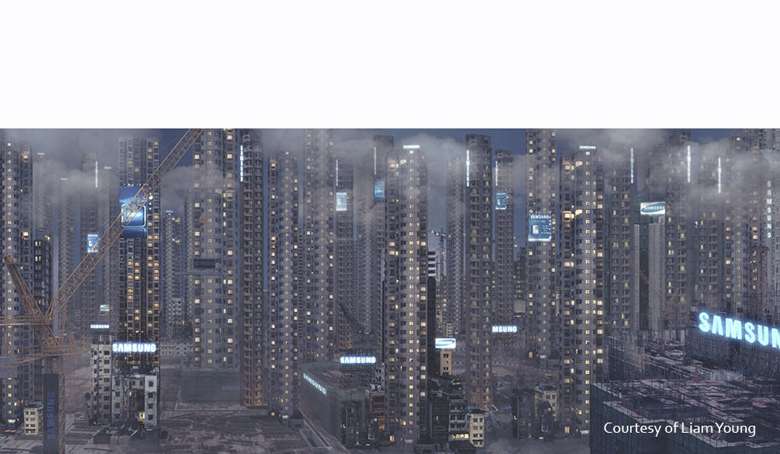We are authors of our environment, whether we want to acknowledge it or not. This section analyses how we are transforming the very environment we live in due to far-reaching advances in science and technology.
It includes The Human Pollination Project by Laura Allcorn, a pollination tool kit, designed to be won as a fashion accessory. It raises questions about the social and environmental implications of the collapse of bee populations, which are responsible for pollinating the plants that grow into the food we eat.
Featuring: Laura Allcorn, Superflux, Anthony Dunne & Fiona Raby, Nikolaus Geyrhalter, The Centre of PostNatural History, Robert Zhao Renhui and Liam Young.

A Guide to the Flora and Fauna of the World, 2013
Robert Zhao
A Guide to the Flora and Fauna of the World by Singaporean artist, Robert Zhao Renhui, seeks to document and reflect on the myriad ways in which human action and intervention are slowly altering the natural world.
The guide presents a catalogue of curious creatures and life-forms that have evolved in often unexpected ways to cope with the stresses and pressures of a changed world. Other organisms documented in the series are the results of human intervention, mutations engineered to serve various interests and purposes ranging from scientific research to the desire for ornamentation.


The Human Pollination Project, 2009
Laura Allcorn
Honeybees provide pollination for over one third of our food supply. Since 2006, honeybees have been mysteriously disappearing. This phenomenon is known as colony collapse disorder. What if humans had to assume the pollination responsibility from the honeybee? Aiming to draw attention to the human reliance on honeybee pollination, Laura Allcorn, a designer, story-teller, and maker from the USA has created a hand pollination toolkit, designed to be worn as a functional fashion accessory.
These hand pollination tool kits aim to ask questions about the social and environmental implications of colony collapse disorder.

Foragers, 2009
In Foragers, British designers, Dunne & Ruby address the issue of food production. The world is running out of food. The UN state that we need to produce 70% more food in the next 40 years. Dunne & Raby ask what if we could extract nutritional value from non-human foods using a combination of synthetic biology and new digestive devices inspired by the digestive systems of other mammals, birds, fish, and insects?
Foragers imagines a group of people who take their fate into their own hands and start building such devices. They use synthetic biology to create “microbial stomach bacteria”, along with electronic and mechanical devices, to maximise the nutritional value of the urban environment, making up for any shortcomings in the commercially available but increasingly limited diet. These people are the new urban foragers.


New City: Machines of Post Human Production, 2014-2015
Liam Young
Liam Young is an architect, originally from Australia, who operates in the spaces between design, fiction and futures. New City is an ongoing series of animated skylines of the near future. Photographs taken on expeditions around the world documenting emerging phenomena have been meticulously stitched together and reimagined to form future city skylines.
New City: Machines of Post Human Production depicts the global trade infrastructure as a planetary-scaled conveyor belt. Along this endless factory floor, the human body has been enlisted as a machine, just one more component of a production line which connects the cities of consumption to the online shopping distribution centers, the autonomous container ships of maritime trade, the rows of choreographed factory robots and the super-scaled mining equipment that roam the Earth.
